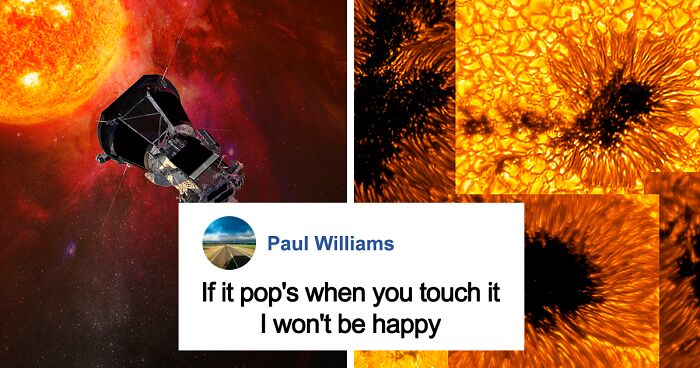
NASA Parker Solar Probe Mission To Become “Monumental Achievement For All Humanity”
The National Aeronautics and Space Administration (NASA)’s Parker Solar Probe is making history by racing towards the Sun at a record speed of 435,000 mph, aiming to unravel mysteries about the Sun’s corona in a mission comparable to the Moon landing of 1969.
On December 24 next year, the space probe will be the first human-made object to have moved so fast or gotten so close to our star – just 6.1 million km, or 3.8 million miles, from the Sun’s “surface,” the BBC reported.
- Parker Solar Probe races towards Sun at 435,000 mph
- Will approach Sun within 3.8 million miles on Dec 24
- May uncover mysteries of the Sun's corona and solar wind
- Probe's speed analogous to NY to London in < 30 seconds
- Mission critical to improve space weather forecasts
Parker project scientist Dr. Nour Raouafi told the British broadcaster: “We are basically almost landing on a star.
NASA’s Parker Solar Probe is set to create history, racing towards the Sun at an unprecedented speed of 435,000 mph
Image credits: NASA-JHU-APL
Image credits: NASA-JHU-APL
“This will be a monumental achievement for all humanity. This is equivalent to the Moon landing of 1969.”
Parker’s speed will come from the massive gravitational pull it feels as it falls towards the Sun. It will be akin to flying from New York to London in under 30 seconds, as per the BBC.
The US Space Administration’s Parker Solar Probe is considered one of the most daring missions ever conceived.
On December 24 next year, Parker will be the first human-made object to reach a record speed and proximity to the Sun
Image credits: NSF/AURA/NSO
It was initially launched back in 2018 with the aim of making repeated and nearer passes by the sun.
In 2024, a manipulation will see Parker approaching as close to just 4% of the Sun-Earth distance (149 million km/93 million miles).
However, Parker might be challenged near the Sun, as it will have to manage temperatures of up to 1,400°C at perihelion. The mission’s strategy will subsequently be to make a swift entry and exit, utilizing instruments behind a sturdy heat shield for solar environment measurements.
“This will be a monumental achievement for all humanity,” project scientist Dr. Nour Raouafi described
Image credits: Predictive Science Inc.
As a result, researchers hope that they will make some breakthrough discoveries regarding solar processes, such as gaining a better understanding of the corona, the Sun’s outer atmosphere.
The corona region is charged with particles, including electrons, protons, and heavy ions, which suddenly get accelerated into a supersonic wind moving at 400 km/s, or 1,000,000 mph, a phenomenon scientists haven’t been able to fully explain up until now.
The mission will uncover mysteries about the Sun’s corona, comparable to the significance of the Moon landing in 1969
Image credits: NASA/JHU-APL/NRL
Nevertheless, such understanding would be critical to improving forecasts of solar behavior and the aspect of “space weather.”
Moreover, powerful eruptions of particles and magnetic fields from the Sun can degrade communications on Earth and even knock over power grids. The radiation also poses health risks to astronauts.
Dr Raouafi explained: “This takes on a new dimension, especially now that we’re thinking of sending women and men back to the Moon and even setting up a permanent presence on the lunar surface.”
Parker’s speed will be akin to flying from New York to London in under 30 seconds
Image credits: blueorigin
Parker made one of its close approaches to the Sun on Friday (January 5). As per the BBC, it has three more planned in 2024 before it then swings around Venus on November 6 to help bend its orbit and make December 24 a historic occasion.
Head of science at NASA, Dr Nicky Fox, told the British broadcaster: “We don’t know what we’ll find, but we’ll be looking for waves in the solar wind associated with the heating.
“I suspect we’ll sense lots of different types of waves, which would point to a mix of processes that people have been arguing over for years.”
Many readers were “mind-boggled” at the groundbreaking news
1k+views
Share on Facebook30 seconds for a distance from London to NY, seems like a mind-boggling speed. Then I took a calculator and went on Google. The shortest distance between NY and London is approx. 5570km, which means the probe will be traveling 185,66km/s OR 0,06% of the speed of light. Now I feel so small. *shivering in the corner*
too much lobbying from the once who makes money on insurance etc?
Load More Replies...30 seconds for a distance from London to NY, seems like a mind-boggling speed. Then I took a calculator and went on Google. The shortest distance between NY and London is approx. 5570km, which means the probe will be traveling 185,66km/s OR 0,06% of the speed of light. Now I feel so small. *shivering in the corner*
too much lobbying from the once who makes money on insurance etc?
Load More Replies...
 Dark Mode
Dark Mode 

 No fees, cancel anytime
No fees, cancel anytime 






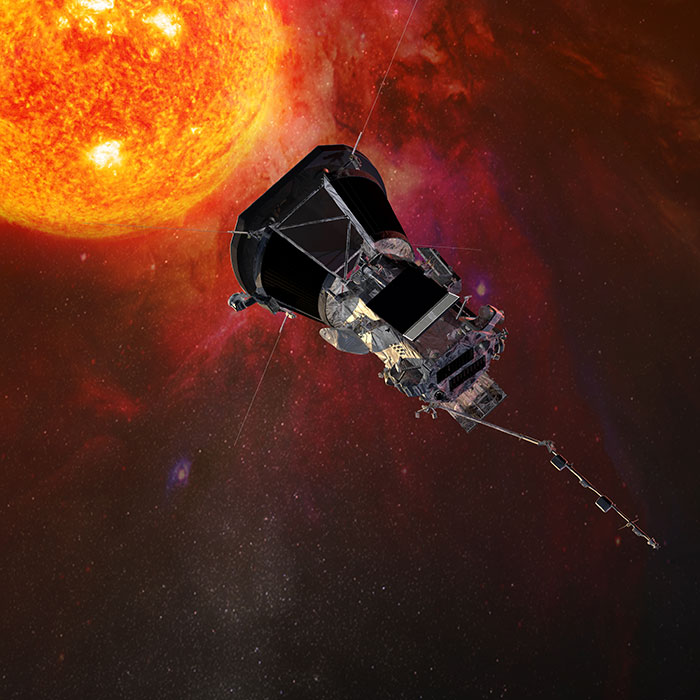
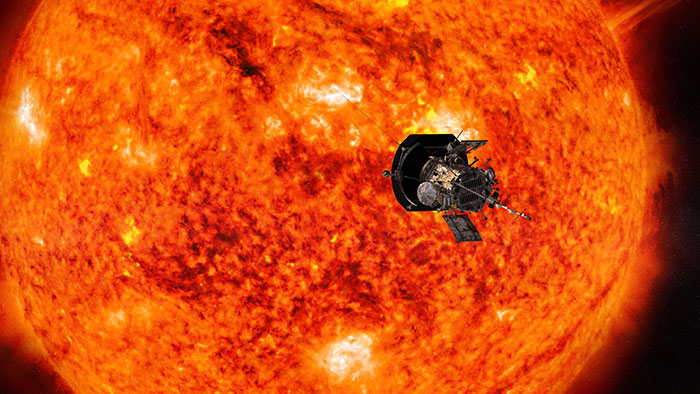
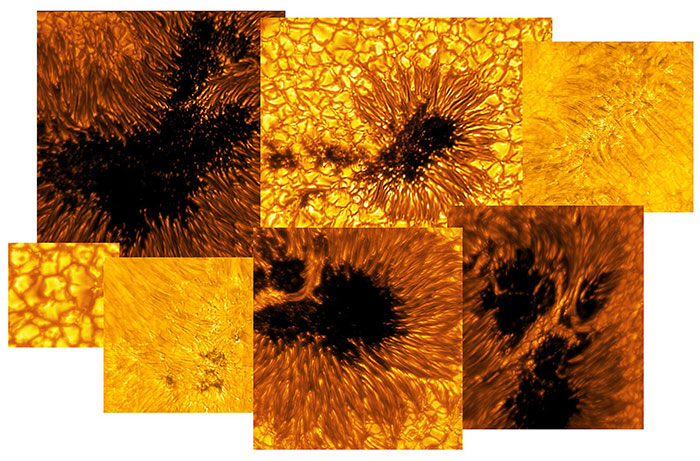
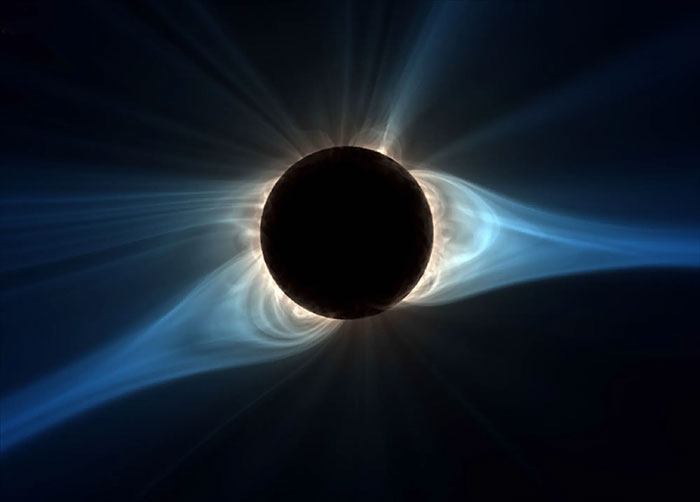
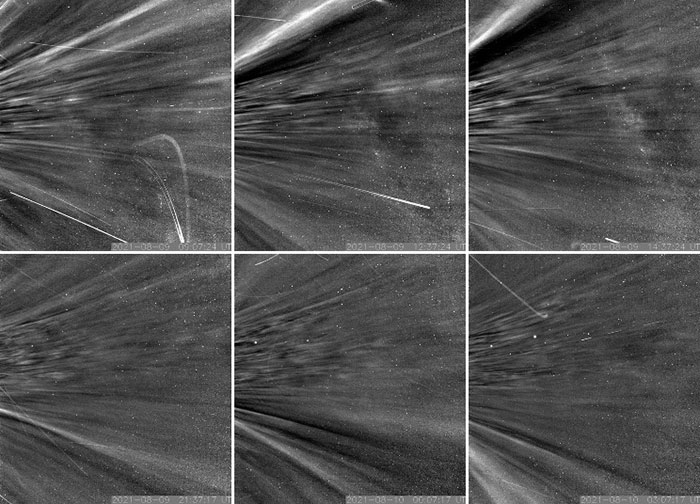
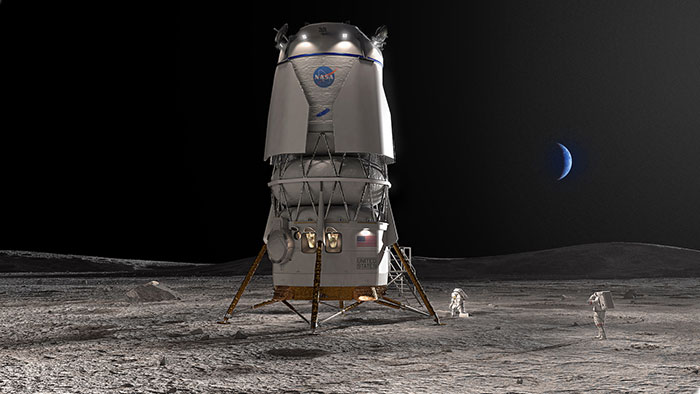
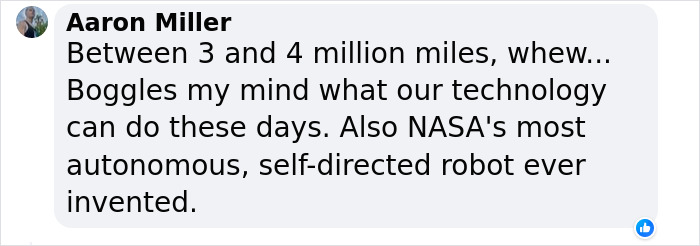


















































54
10